Developments in display technologies allow us to have a more immersive experience that was unimaginable in the past. Most monitors and screens have become more apparent, brighter, and extensive.
This article will discuss two of the most enormous screens available today: the giant screen and the IMAX. What can they offer viewers, and which of them can provide a more immersive, satisfying aesthetic experience?
1. Giant Screens and IMAX
Display content, particularly cinema, has advanced greatly since the early days of projectors, the silver screen, and television. Display technology has undergone vast changes, improving all aesthetic aspects, from colors and brightness to size.
Technological advancements revolutionize how we experience entertainment, even advertisement and gaming. One innovation that changed the way we experience cinema forever is the development of large display technologies. Giant screens and IMAX are rivals for the throne.
Many views giant screens as the natural successor of silver screens of the past. They have evolved from the same traditional concept of cinema, albeit with the purpose of giving a more immersive and satisfying viewing experience.
IMAX, meanwhile, is a specific innovation designed for IMAX theaters. These theaters utilize advanced, specialized technology, such as advanced projectors and elaborate sound systems, to deliver an altogether different immersive experience.
Both have transformed cinematic experience through their sheer size and technology. They provide the best aesthetic experience by showing everything in vibrant colors, more significant details, and superb sound.
Giant screens and IMAX have so much in common that some wonder whether choosing one over the other makes sense. What are the similarities between them?
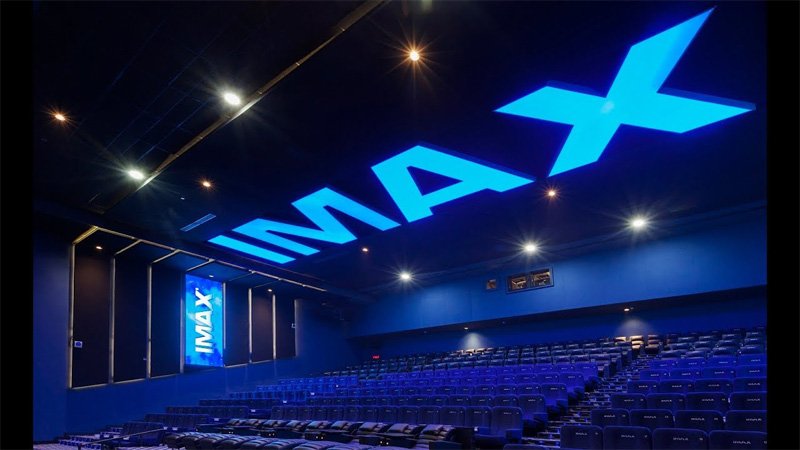
2. Giant Screen and IMAX Common Ground
Size Matters
They are large, extensive, gigantic—all the adjectives to describe their sheer size would have been apt Giant screens and IMAX are the successor display technologies to those you find in theaters and cinemas.
Great Precision and Detail
Both show greater clarity of content, not only because of size but also because of higher resolution. Both are primarily in 4K and 8K resolutions, around most home theaters’ standards.
Audience
Both can cater to a large viewing public. Your distance and location may not matter; the high resolution, aspect ratio employed, and the viewing technology negate whatever negative impact it has on your viewing experience.
Advanced Technology
Cinemas always employ a particular sound system to be immersive, but giant screens and IMAX are better by several notches due to advanced technology. The projectors and the screen itself vastly differ from those used decades ago.
They make for a more immersive experience, making the content richer in texture and “more alive” and the scenes more vibrant as if you are in the middle of it.
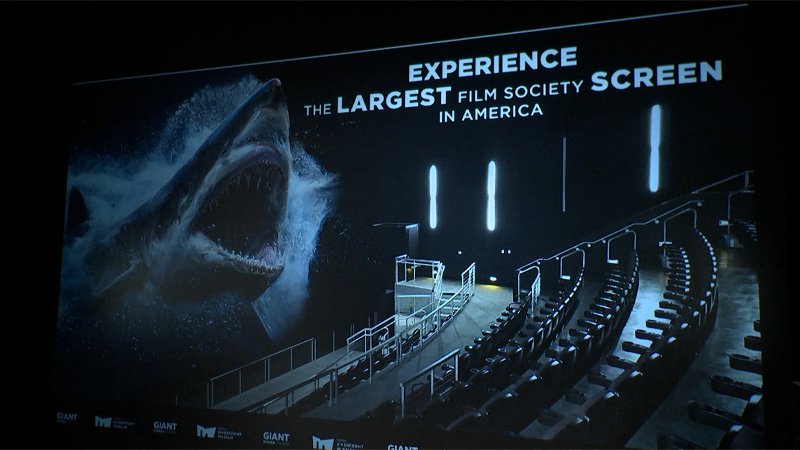
3. Specifications: Giant Screen and IMAX
Differences in key aspects might make watching on a giant screen or IMAX more enjoyable. They can also impact the immersive experience of the viewer and the aesthetic aspects of the display content.
Giant Screen
Giant screens have the following specifications as set by the Giant Screen Cinema Association, the governing body regulating the standards for this display technology:
● The normal ones must be 70 feet wide, domes 60 feet, and flat screens 288 square meters in total area.
● Specific theater design and seating arrangement, like a stadium-style theater or a certain audience elevation for flat screens.
● Specific audio design: Noise isolation features, rear channel speakers, and sub-bass speaker system.
In addition to the standards set by GSCA, giant screens mostly have the following specifications:
● Resolution: 2K to 4K
● Aspect Ratio: 1.85:1
● Projection: Industry standards for film (the GSCA, though, set the ideal at 15/70 projection)
● Single-projector
● Flat-screen
Giant screens are in theaters. As such, they approximate the cinematic viewing experience of the past, albeit with more vibrancy, clarity, and enhanced aesthetic pleasure.
The seating arrangement is integral to any theater sporting a giant screen. GSCA sets the elevation, number, and width of rows to optimize the technology and maximize viewing pleasure.
IMAX
Legend states that IMAX’s name originated from the term “maximum image. Whatever the case, IMAX focuses on providing the most enjoyable and immersive viewing experience by specializing in projecting the most vibrant images and videos.
They maximize space, sound, and geometry, covering all angles that can impact the viewing experience. Here are the following specifications of IMAX:
● Seventy-two feet wide, the total area is 352 square meters.
● Aspect Ratio: 2.76:1
● Projection: 15/70
● Double-projector
● Resolution: Up to 8K
● Has 3d projection
● Screens are either rectangular or curved
IMAX is only available in IMAX theaters. These theaters are more extensive than standard theaters with giant screens and can accommodate a larger audience. IMAX has 3D technology, a feature not always on a giant screen.
IMAX employs an advanced, sophisticated sound system that minimizes noise and enhances the sound for further immersive viewing. It has more channels and speakers than giant screens
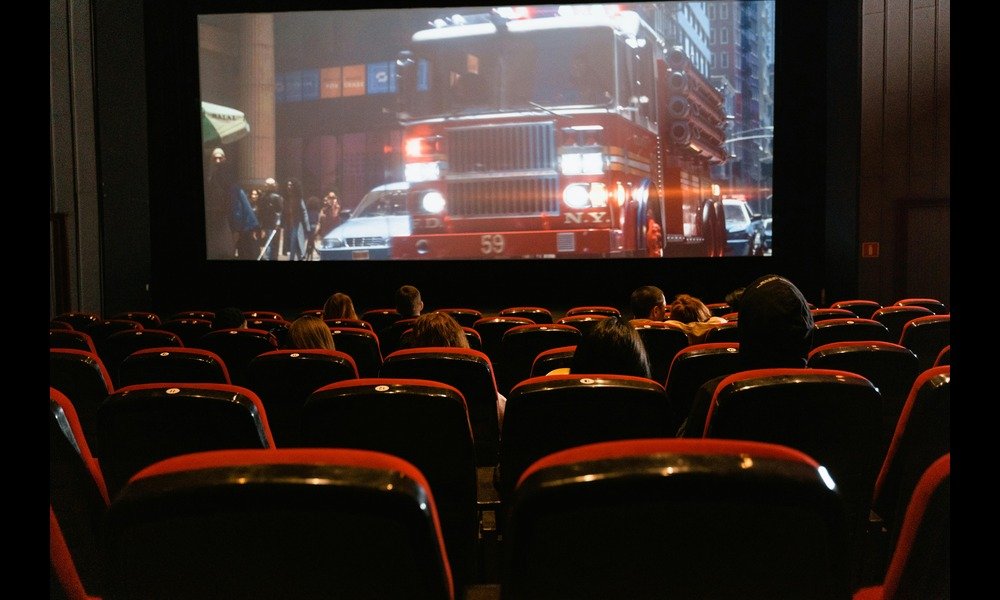
4. Comparing Giant Screen and IMAX
Big is better when it comes to display technology. IMAX is larger than giant screens, which can provide a better viewing experience. The larger screen and the curved design allow viewers to have the same experience regardless of seating arrangement.
GSCA sets the standards for seating arrangements for giant screens because viewing angles are an issue. That is not the case with IMAX: they cover all angles, literally.
Giant screens still use the standard industry ratio for cinema. Meanwhile, IMAX has a higher aspect ratio, but given its larger size, one that fits nicely without sacrificing detail or image quality.
IMAX amplifies these advantages by having two projectors instead of one. IMAX can optimize color and brightness and enhance the quality of display content. It allows IMAX to play 3D, double light, and offset pixels, resulting in greater clarity and finer details.
IMAX has a more advanced, sophisticated sound system than giant screens. The number of channels and speakers makes for a more immersive viewing experience. The system’s dynamics allow IMAX to adjust the sound, further optimizing it for viewing pleasure.
IMAX has all the advantages and none of the drawbacks, aesthetically speaking. However, one factor affects most consumers when deciding whether to install one or watch their favorite films on a giant screen or IMAX. It might be the most critical factor.
Since IMAX is better in almost every aspect, it costs more. The advanced technology of the display, sophisticated sound system, and specialized theaters all add up to push the price higher than theaters employing giant screens.
The most expensive giant screen may cost just below $200,000. An IMAX, however, would need almost $500,000, and we are only talking here about private home theaters. Imagine the price if you have a standard IMAX for a public audience. You will need a specific IMAX theater, which can increase prices.
Also, specialized technology is needed to play non-IMAX films in IMAX, which can entail additional costs for those who want to invest in this type of entertainment.
No wonder, then, that most IMAX Theaters charge more, and ticket prices here are more expensive. IMAX theaters lower ticket prices by marketing and other strategies, making tickets at least affordable.
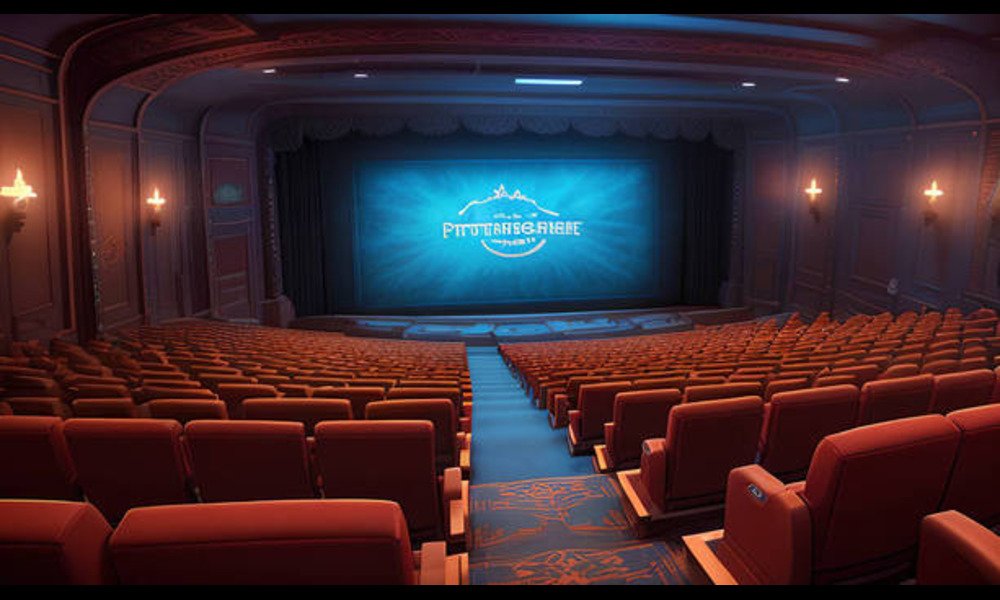
5. Giant Screen and IMAX: Which is Better?
IMAX is the standard for the best, and it shows us the limitless possibilities of what advanced technology can offer regarding our viewing experience. However, for reasons of cost, giant screens still predominate. They may not offer what IMAX offers, but they still offer a lot.
Giant screens are the natural successors of traditional cinema; they are virtually everywhere. By default, people go to standard theaters rather than IMAX because it is what is available.
Still showing standard films, giant screens replicate the cinematic experience and add more. Those accustomed to what traditional cinema can offer will be at home with giant screens. They will feel they only lose a little by watching on a giant screen.
In fact, GSCA updated the standards so that giant screens can compete with IMAX. Standard seating arrangements and other adjustments optimize the giant screen’s capabilities, making it at least closer to IMAX.
On balance, IMAX is genuinely better than giant screens. It is larger, has a better design, better image and video quality, and better audio. Pound for pound, IMAX employs more advanced technology, like 3D. All these combines to make a more immersive viewing experience than giant screens.
Giant screens are used not only for cinema but also for documentaries, sporting events, and the like. IMAX can exhibit both IMAX-produced content and non-IMAX-produced content using conversion technology.
However, in addition to cinema and other forms of entertainment, IMAX is also an excellent medium for showcasing educational shows. Museums and other institutions use IMAX to give tourists and visitors a more immersive experience.
Some science center’s utilize IMAX for more excellent explanation and understanding. Meanwhile, theme parks use IMAX to give everyone an enjoyable experience.
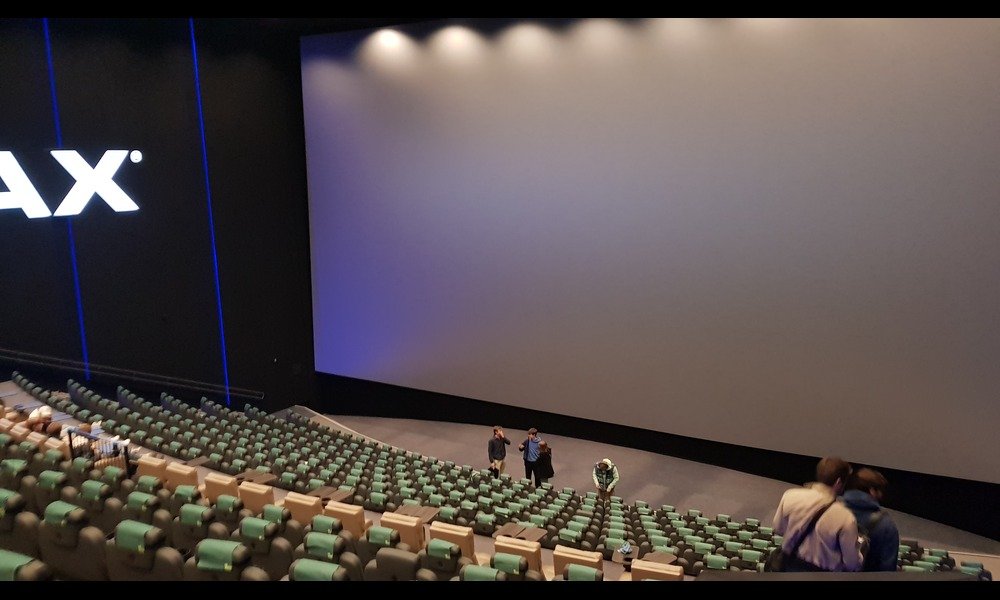
6. Final Thoughts
Due to their size and technology, giant screens and IMAX can offer an immersive viewing experience. IMAX is better in most aesthetic aspects due to superior technology and design. Thus, buying, renting, or watching movies in IMAX will cost you more.
Giant screens are relatively less expensive, but they can give you the immersive experience you want. They replicate the traditional cinematic experience and, thus, make those who watch traditional films at home with it. In terms of aesthetics, they are better than your traditional screen in the movie house and can provide greater aesthetic pleasure.
If you have questions concerning the giant screens and IMAX, we at LEDSINO can help. We offer valuable insights into most display technologies, helping you decide which might be the right one for you.



